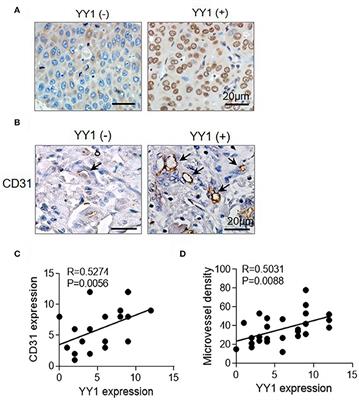CORRECTION
Published on 13 Jan 2022
Corrigendum: YY1 Promotes Endothelial Cell-Dependent Tumor Angiogenesis in Hepatocellular Carcinoma by Transcriptionally Activating VEGFA
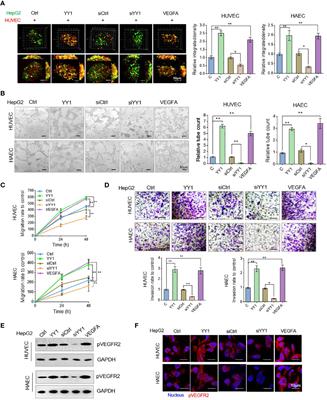
doi 10.3389/fonc.2021.828861
- 1,038 views
57k
Total downloads
252k
Total views and downloads
CORRECTION
Published on 13 Jan 2022

EDITORIAL
Published on 16 Jul 2020
MINI REVIEW
Published on 31 Mar 2020
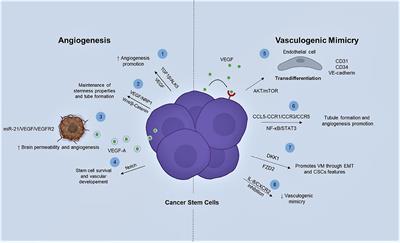
REVIEW
Published on 27 Feb 2020
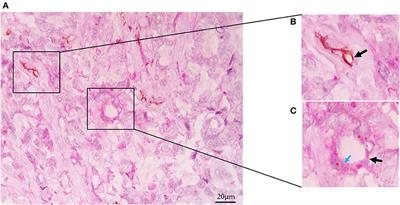
REVIEW
Published on 27 Feb 2020
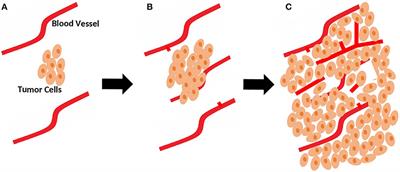
ORIGINAL RESEARCH
Published on 24 Jan 2020
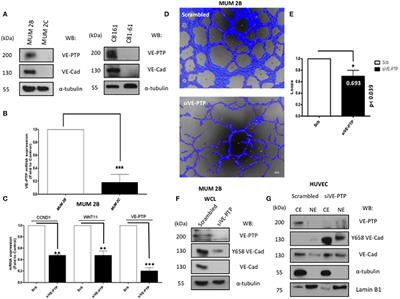
REVIEW
Published on 14 Jan 2020
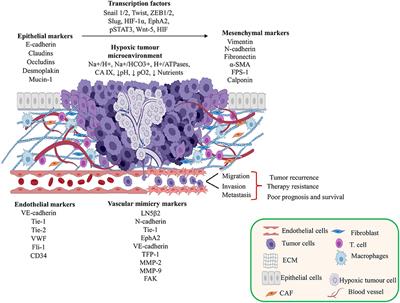
REVIEW
Published on 09 Jan 2020
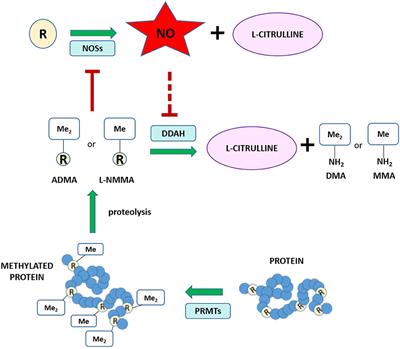
ORIGINAL RESEARCH
Published on 19 Dec 2019
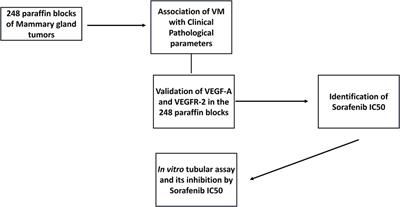
REVIEW
Published on 12 Dec 2019
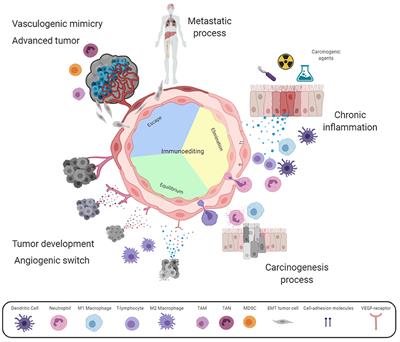
REVIEW
Published on 06 Dec 2019
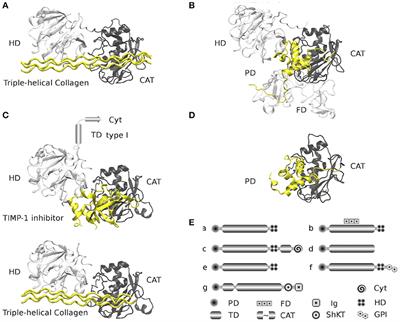
ORIGINAL RESEARCH
Published on 14 Nov 2019
